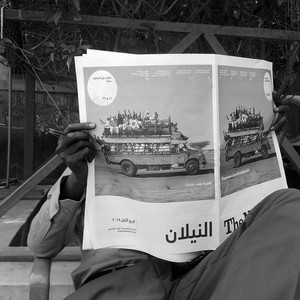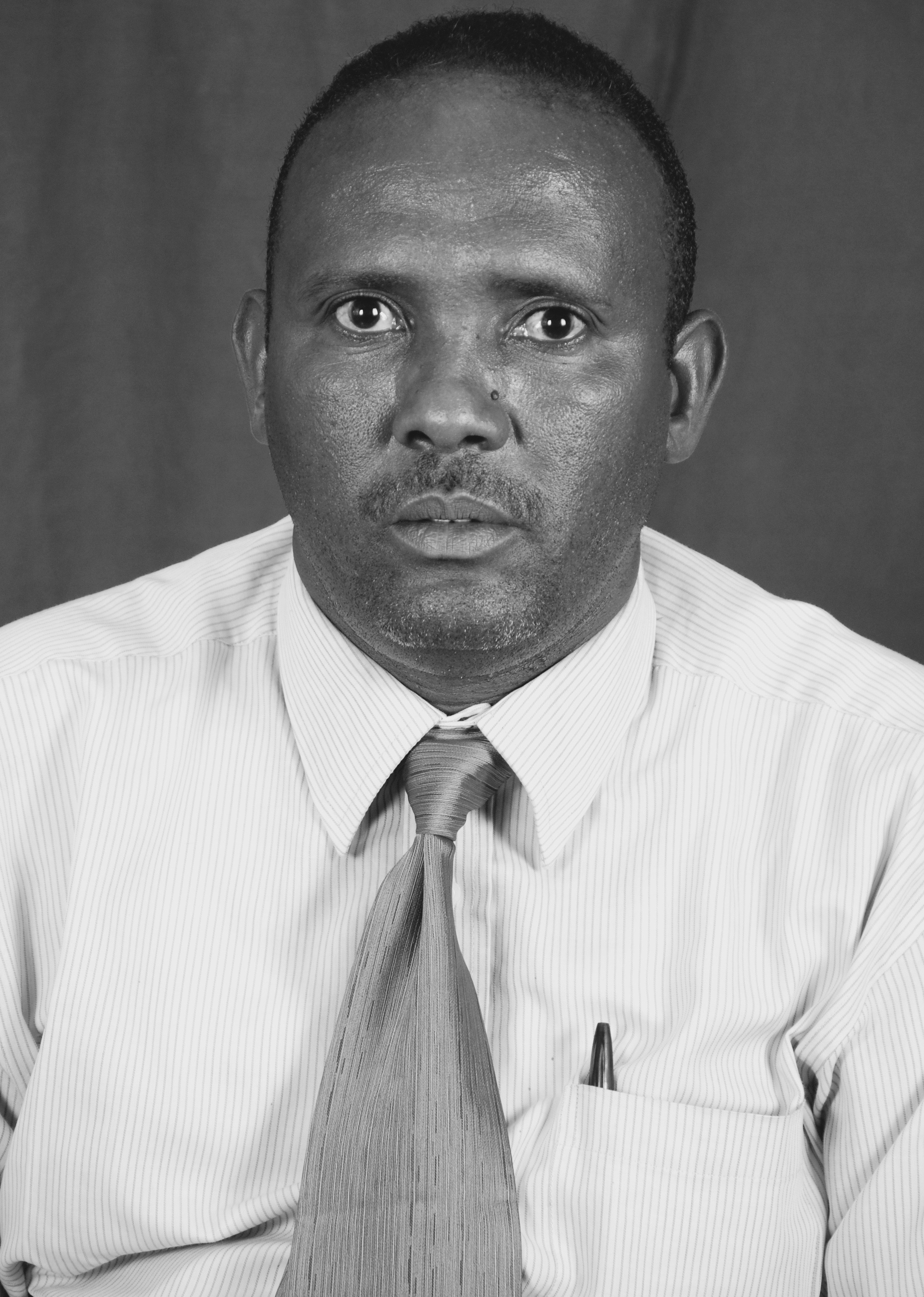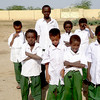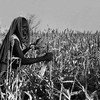Enslaved in Sudan: A story of survival
Aged 18, Kanat, a young woman from Eritrea, was looking forward to a bright future until she was summoned to do much feared national military service in Eritrea. Kanat was aware that girls are often sexually abused and raped during military service, where citizens are given a start date but not told when they can leave. She also knew that people are left to serve the military in Eritrea’s barren areas where everyday life is nearly impossible.
In total, Eritrean refugees account for 75% of the total refugees coming to Sudan through the east, the remaining 25% are mainly Somalis and Ethiopians.Like many, she decided to escape to Sudan, traveling to the border by foot, according to UNHCR in Kassala (mentioned during a workshop for journalists on human trafficking and asylum seekers in Kasala).
Before crossing the border with some companions, they met three armed Sudanese men who offered to help them cross to Kassala.
Kanat and her companions had no choice but to follow them to their carriage, where they found armed Sudanese and Eritrean men. They threatened Kanat and her companions, leaving them chained up for hours.
Kanat was forced off the carriage in the middle of the desert while the others continued. She was kept captive by the gang in Zuhal Village (50 km south of Kassala) for ten months, tied up in a tent in the desert. She was regularly beaten and raped.
The Sudanese police received information about the location of the gang, UNHCR said during the workshop. They stormed into the village and found a group of Eritreans and Kanat who was seven months pregnant. She was unconscious and her body was covered with marks from beatings. She later gave birth to a premature child, who died at birth.
The girls who were abducted and raped are being taken care of.”
The group including Kanat was taken to the asylum authorities and the gang members were accused of abduction, human trafficking, rape and other charges.
The girls who were abducted and raped are being taken care of,” said UNHCR lawyer and legal officer Mohamad Yakoub.
The flow of refugees to Sudan has increased in recent years: From 2004 to 2011, Sudan received 110,000 refugees.
Al-Ser Khalid, Head of Protection Department at UNHCR, said many recent arrivals in Sudan are trying to escape military service in Eritrea.
In total, Eritrean refugees account for 75% of the total refugees coming to Sudan through the east, the remaining 25% are mainly Somalis and Ethiopians.
In 2011 and 2012, every month 2,000 refugees arrived, but this rate declined in the last two years to fewer than 500.Sudan has an open-door policy for decades and the first refugee law was issued in 1974. The law states that when the asylum seeker’s application is rejected, the relevant minister should facilitate the asylum seeker’s communication with international organisations or other countries to apply for asylum, and if rejected, the asylum seeker is given a renewable three-month residence until some country accepts the asylum seeker or the minister decides otherwise.
Kanat recovered but decided not to return to Eritrea because she is ashamed and fears maltreatment. She says she will be called a prostitute and if people knew that she had been raped no one would marry her. Instead, she has applied for asylum in Sudan.
Kanat stayed at Al-Shajarat Refugee Camp in Kassala State for a year before she was granted asylum in Australia, said Lola Ali, Women and Minors Officer at the People’s Committee for Refugee Protection in Kassala State.






